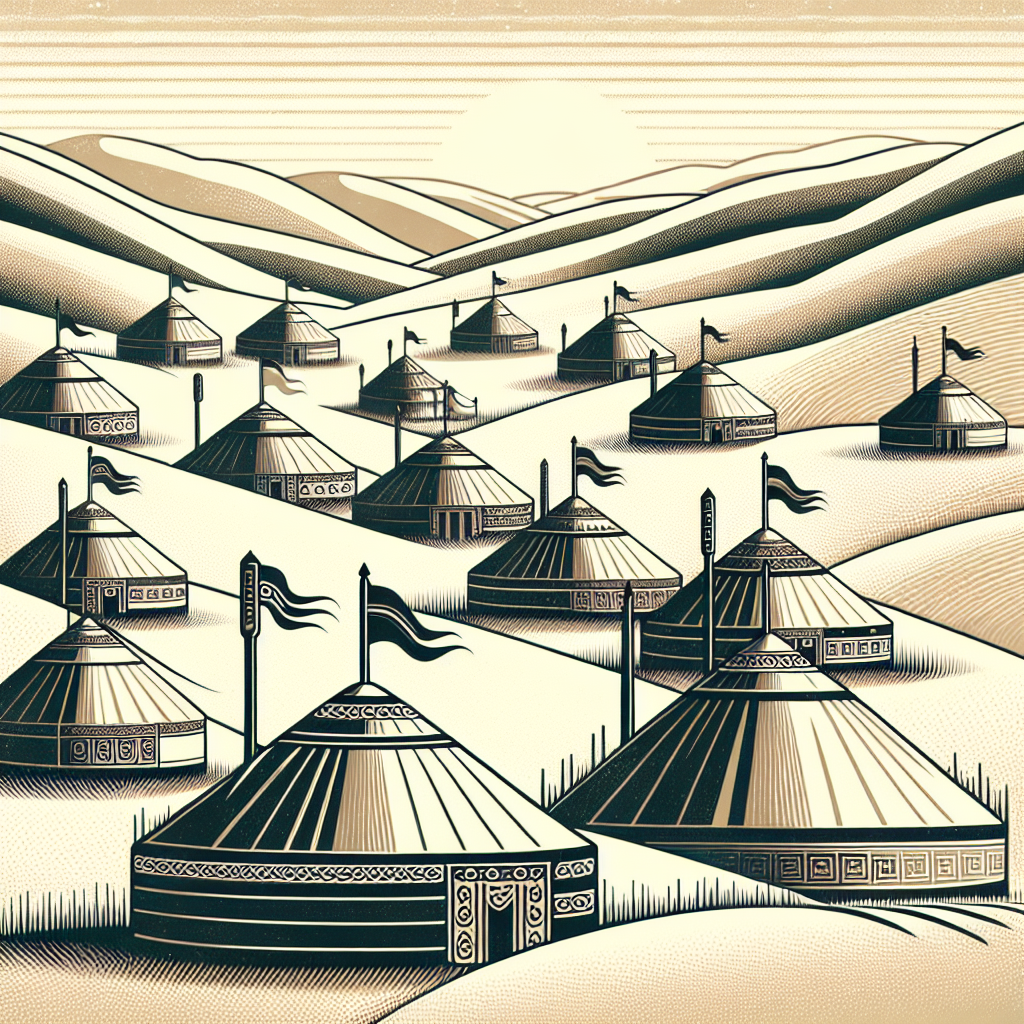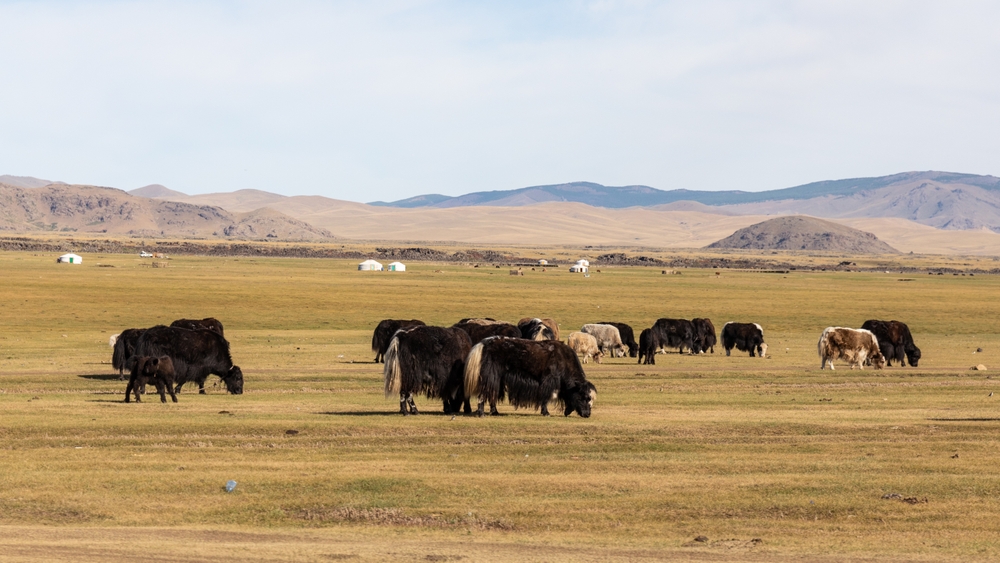Mongolia in the 6th century was a time of pastoral nomadism and complex societies that would be strikingly different from the world we know today. Stepping into a vast expanse of the Eurasian steppe, one would find a region defined by its harsh climate and the resilient people who thrived in it. The Mongolian plateau, with its rolling hills and wide-open skies, was a place of constant movement, where a nomadic lifestyle was not just a choice but a necessity for survival.
Society and Hierarchy
Arriving in 600 CE Mongolia, one would quickly notice the intricate social fabric that held these nomadic communities together. Archaeological findings, such as those from the Egiin Gol Valley, show structured hierarchical systems within these pastoral societies. Leadership was both flexible and adaptive, with a remarkable ability to respond to various challenges, from environmental hardships to pressures of interacting with agricultural states. This sense of order and adaptability was the backbone of Mongolian society, enabling it to flourish in such an unforgiving landscape.


The societal structure also focused on maintaining relationships with neighboring groups. Through interactions, one would observe complex political dynamics at play, influencing every aspect of daily life. The power dynamics and alliances that the Mongolians created were not only for political gain but also essential for the integration of different strategies for survival, such as trade and warfare, which were as prevalent in their lives as herding animals across the steppe.
Livelihood and Adaptation
Life on the Mongolian steppe was closely tied to the land and the animals that roamed it. Travelers would be impressed by the importance of animal husbandry in everyday life. Mongolian pastoralism required a flexible approach due to the unpredictable environment, leading to a lifestyle that included herding, agriculture, hunting, and gathering. There was a mutual dependence and shared challenge of survival that created a bond between the people and their herds.

Additionally, the emphasis on pastoral and agricultural activities shifted over time, as observed in the different approaches of the Xiongnu and Uighur periods. This demonstrated the Mongolians’ ability to adapt their subsistence strategies. Engaging with locals, the concept of multi-resource nomadism becomes apparent, as well as the ingenuity with which these communities balanced different productive strategies to ensure their continuity on the steppe.
Urban Integration and Regional Networks
Urban centers played a pivotal role in 600 CE Mongolia, even for a predominantly nomadic society. These hubs were central in bringing together regional networks and fostering economic and cultural exchanges vibrant as any one might find in more settled civilizations. Visitors would be struck by the sophistication with which Mongolians managed their urban spaces, integrating them into their mobile lives without forsaking their pastoral identity.
The Uighur period, in particular, shows how urban centers fit within a pastoral context. There, one would see an economy and society that, while still deeply rooted in pastoral traditions, embraced the possibilities of urban life. The complexity of Mongolian society is clear in its cities, where local and global interactions met, where trade routes converged, and where the Mongolian spirit of resilience and adaptability was displayed.
References:

